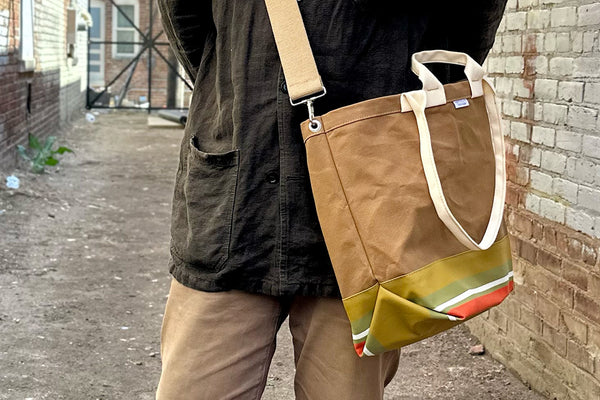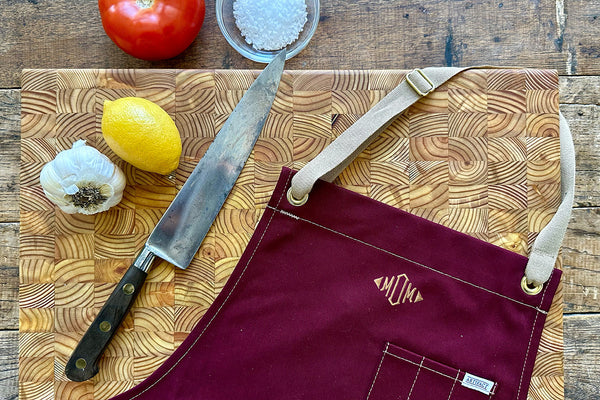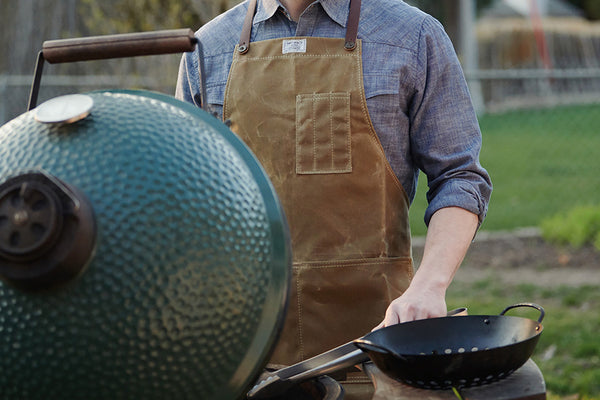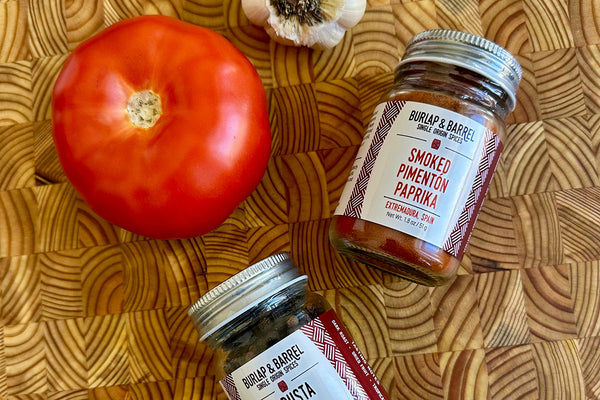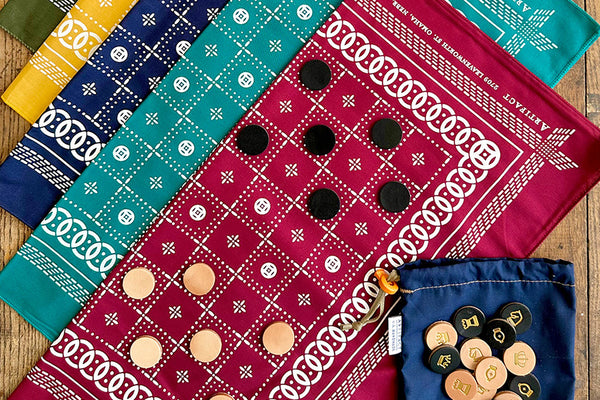The Artifact Blog
My Favorite Objects: Part 2
Welcome to Part 2 of a series of favorite objects I love to look at and use regularly. These objects may seem unrelated, but their common thread is quality, utility, and timeless design - the same principles we strive for at ARTIFACT.
Click here to catch up with Part 1. Otherwise, let us begin...

I've owned my solid ash WaterRower for several years and committed to about 4 rows per week until March, when Covid-19 made me re-evaluate practically everything. I refined aspects of my daily regimen to counterbalance all the uncertainty. One adjustment was rowing everyday. Not only has this helped with strength and endurance, rowing is a spigot for creative thought. Why not provide more opportunity for that!
Before every row, I splay open my ARTIFACT A5 Leather Journal and uncap my pen to set beside the rower. I prime my mind with a podcast, or a music playlist. Some days the podcast alone provides insights, or raises questions I scribble in my journal to reflect on later. Other times, the podcast or music serves as a lulling backdrop for my brain to venture down unscripted paths. Rowing isolates me from external distraction and rarely feels like "exercise".
The S4 Ash WaterRower is a simple, gorgeous piece of machinery. Parts have worn out over the years but they are easy and inexpensive to replace. After every row, I store it upright in the corner of my bedroom. It's footprint is negligible. I believe it's the most attractive piece of modern exercise equipment I've ever seen.

2. Cedric Hartman 1H Luminaire
I challenge you to thumb through an issue of Architectural Digest and not find a Cedric Hartman Luminaire (lamp). A distinction with pinnacle design is when it presents itself, you feel as though it has always existed. You wonder, “Did a human being create this object that rivals nature’s beauty?”.
Cedric’s designs have been copied for decades but they never compare to the proportion, materials, fit, finish, and overall hand of his work.
When I settle into in my walnut and leather campaign chair and rotate the ball-shaped Lucite switch on my Model 1H Luminaire, my eyes adjust to its diffused light. I disappear with my books into a tranquil read.
Needless to say, I am an uber fan of Cedric Hartman. Partly because his studio is exactly 1 mile from my ARTIFACT studio. Although I have never met him, his decision to make Omaha homebase for his creative career has been a huge inspiration to me.

3. ARTIFACT "Reverse-Weave" sweatshirt
Who doesn't appreciate a great sweatshirt? I've only owned a few in my lifetime because I chose well and they refuse to wear out. Above is the Champion Reverse-Weave sweatshirt I wore when I wrestled in Junior High (circa 1988-89). It's been retired from my primary wardrobe and relegated to home projects and yard cleanup - with frayed cuffs, paint stains, and crusty patches of wood glue.
I'm pleased to announce ARTIFACT just released a sweatshirt (in 3 colors) on par with my vintage Champion. Both are 12oz beefy cotton fleece. Both have crossgrain (AKA "Reverse-weave") constructed front and back panels to minimize vertical shrinkage. Both have classic cotton ribbing side panels and long cuffs. Our ARTIFACT sweatshirt also includes a vintage-style shuttle loomed taffeta label, styled in non-subtle homage to another timeless sportswear brand. Although this ARTIFACT sweatshirt is brand new, it's already a favorite object.
Click here to watch a video about the ARTIFACT reverse-weave sweatshirt.

When I was a kid, the Telecaster was far from love at first sight. I thought its shape (particularly the headstock) was a crude, incomplete thought in comparison to the Fender Stratocaster and Jazzmaster. I did not understand the appeal but appreciated they were considered the first solid body electric guitar.
My opinion of the Telecaster changed when my bandmate Eric Bemberger developed a strong preference / perversion for them in our bands Gabardine and Beep Beep. Exposure to his army of Telecasters made me begin to appreciate their no nonsense design, tone, and playability.
Fast forward a decade or so, I get a call from my old bandmate Eric. He discovered a Telecaster in a pawn shop in West Omaha and felt I needed to look at it. Eric eventually reached the point of owning "too many" Telecasters. He knew I've owned a few but never bonded with any of them. He was confident this one would check all my boxes.
The guitar in question was a used Fender Custom Shop 1951 "Nocaster" Telecaster. Brief guitar history... The Fender Telecaster was initially called the "Broadcaster" when it released - until drum maker Gretsch presented Leo Fender with a cease and desist letter because they already had a drum line called the Broadkaster. Leo conceded by taking scissors and pragmatically cutting off the "Broadcaster" part of every remaining headstock decal. For a brief period the headstock only read "Fender" before being renamed the "Telecaster". "Nocaster" is collector-speak referring to the absence of Broadcaster and Telecaster on the headstock.
A few of you may have looked at my guitar in the pic, noticed its headstock decal says "Telecaster", and wondered "why?". Isn't it a Nocaster reissue? Great question! Well... I discovered via research a small handful of in this series were made this way in error - despite having the correct tweed case, certificates, paperwork, serial number, etc. This tele is legit but an anomaly.
So what made this particular guitar a favorite object? I will try to be brief here:
- Is it super light (6.8 lbs) yet amazingly resonant. A good solid body electric guitar should sound like an acoustic and sustain when played without an amp. Most electric guitars sound like a marshmallow when played sans amplification.
- The neck is thicker than any Fender I've ever owned but I discovered it feels amazing. I swear it reduces hand fatigue.
- For years, I was a guitar purist (snob) and only played stock vintage guitars with the smaller frets. This Tele has slightly thicker frets and it feels like I am cheating.
- The nitrocellulose lacquer finish is super thin and convincingly feels like a vintage guitar.
- Both pickups are surprisingly balanced after I clipped the "mud cap" (capacitor). The neck pickup now sounds rich and bassy but not under water. It has a wonderfully functional tone.
- The bridge pickup is beefier than any other Tele I've owned but it can still squawk when you need it to. It reminds me of the P-90 pickup in a 1962 SG Jr I used to own.
- This tele sits on a guitar stand year round and the action has held solid. Again, I attribute this to the baseball bat neck.
I've owned a lot of guitars and learned a few things in the process. One expensive lesson is super clean vintage guitars are generally found in that state for a reason. Yeah, maybe the owner died in Vietnam and that guitar case has been collecting dust in a closet waiting to be played. More often, the guitar sucked to play in 1965 and it sucks even worse to play now. Hence, no finish or fret wear.
I will never blindly buy a guitar from a broker, remote auction, or catalog again. Too many factors. I am fortunate and grateful Eric reined in this Telecaster obsession and gave me a heads up on this guitar because I cannot remember the last time I've taken another out of the case!

This knife is a classic and has been my daily carry for years, mainly because it fits perfectly in the watch pocket of my chinos. Case still offers a choice of stainless steel or CV (Chrome Vanadium) blades for this model. I choose the CV blades because the steel holds an edge way better than stainless and with time and use, the blade dulls down to a pewter-like patina. I love patina. The price is also exceptionally reasonable for being American-made and such a quality fit and finish.

